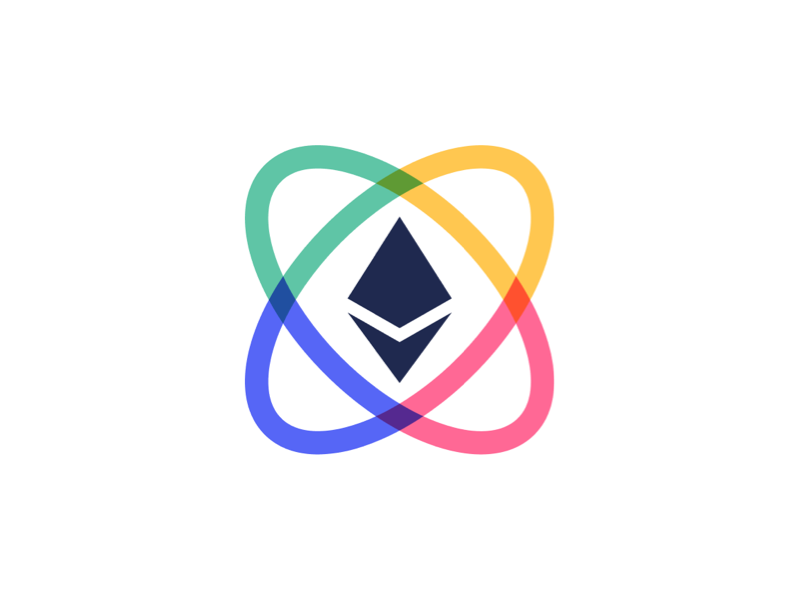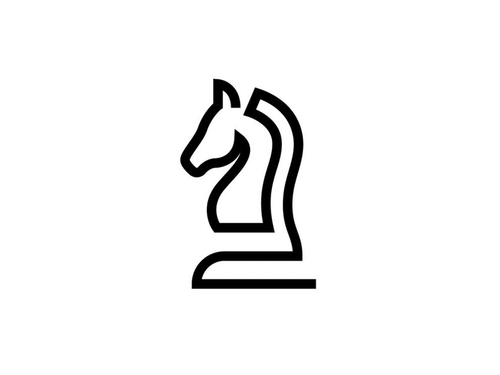
BubbleWars
Github Link
Languages, Libraries & Stacks
Share project
About
All inputs are transactions sent to the Layer 1 without sequencing (currently a local anvil blockchain serves as our L1 for quick iteration and CI/CD. But could of easily been deployed to Sepolia, Holesky Redstone or some other testnet) (Also we get to faucet unlimited anvil ETH to burner wallets). Upon each user input/transaction (using burner wallets at the moment) the rollapp runs the simulation of the game physics from the timestamp of the last submitted transaction up to the timestamp of the most recently submitted transaction. So the gameplay physics is simulated in real time, but in an input driven manner (because of the nature of blockchain). So to get a real time feel, we implemented a state server (or indexer). This is a websocket server that listens to the L1 for transactions to the rollup contract, simulates transactions as soon as they are added to a block and then syncs clients with the appropriate game state that exists within the rollapp. Users can choose to use our state server (for better UX) or simulate game state within their own client ( or if even just wait for the rollup to publish state changes back to the L2, but that'll take slightly longer). The state server allows for a seamless web2-equivalent user experience. (very vital)
So the hurdle was implementing a fully on-chain REAL-TIME game where the smallest smallest possible timestep within the game loop is about 0.03 seconds and syncing all of the clients in a seamless manner. (Your inputs are of course bottlenecked by the layer 1's block speed, but dedicated sequencing can change that). (And thanks Cartesi Machine for the computing power)
Explore similar projects

Cartesi Werewolf
GamesWe implemented a fully decentralized version of the werewolf game that runs on Cartesi Rollups, guaranteeing transparent game logic and a deterministic game result that anyone can validate by running a Cartesi node for it.









